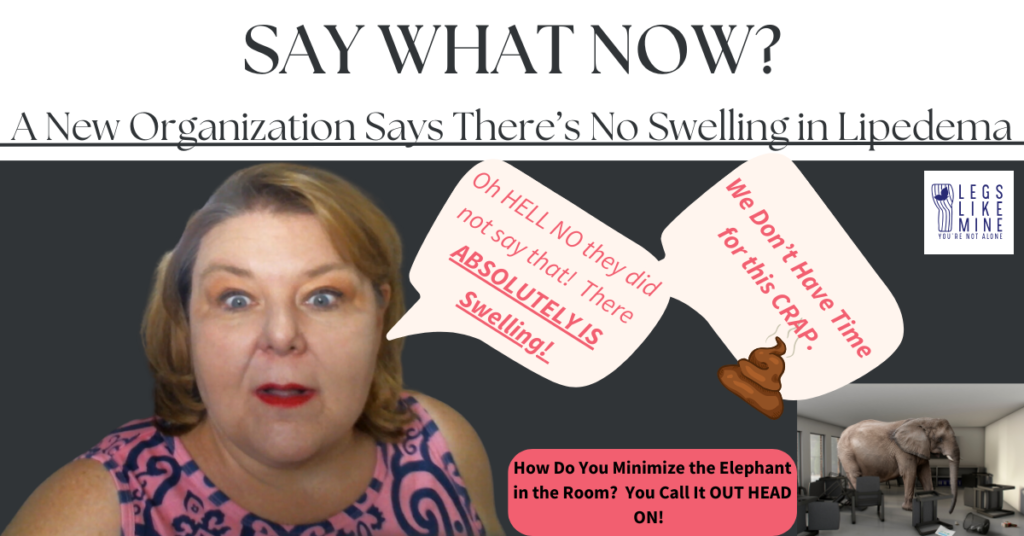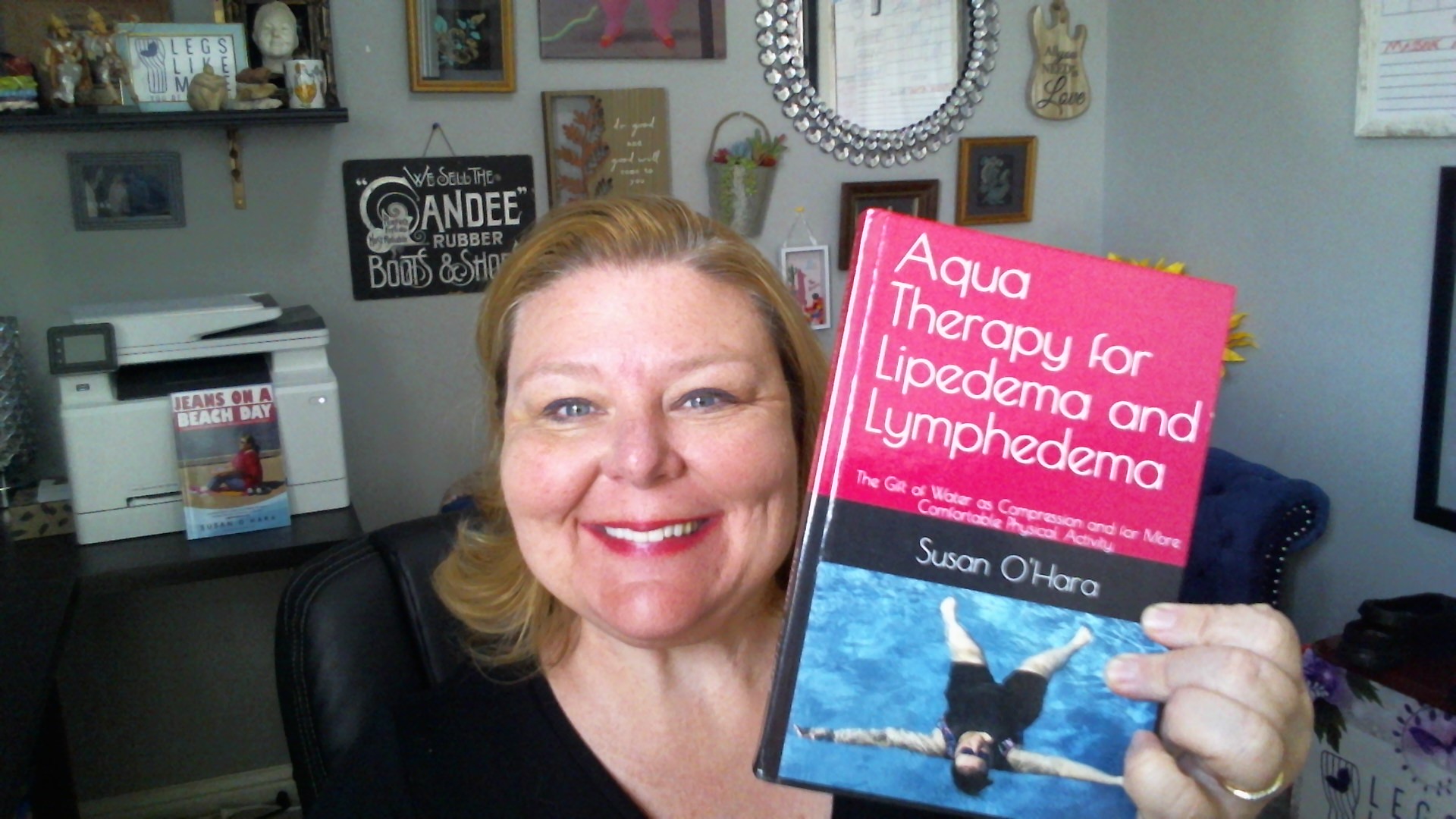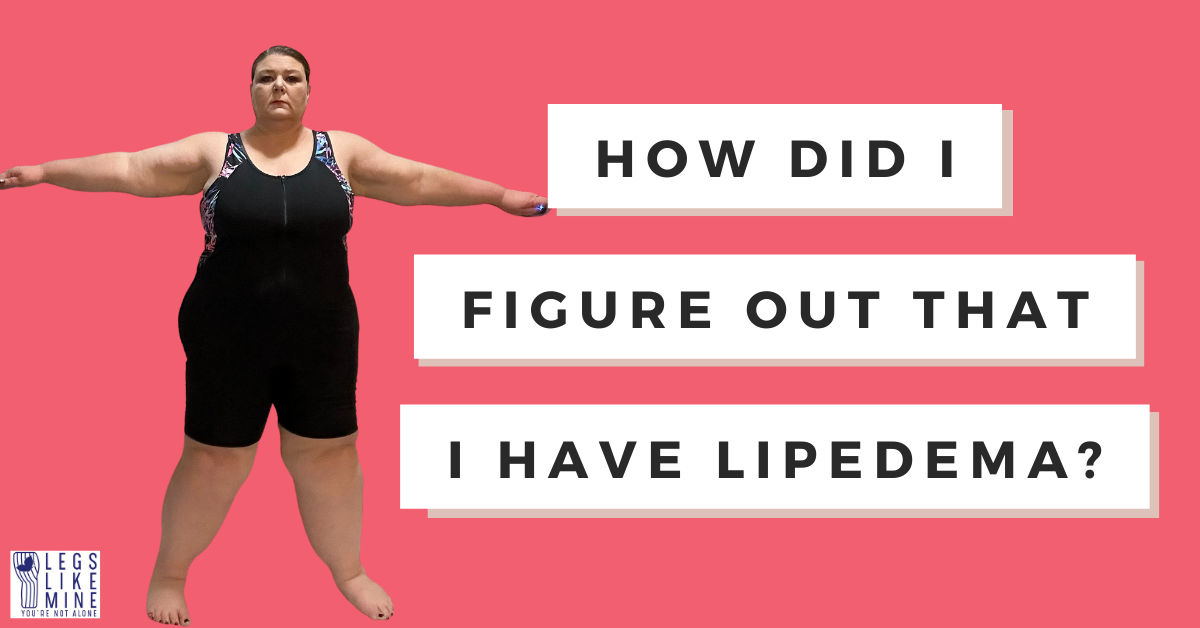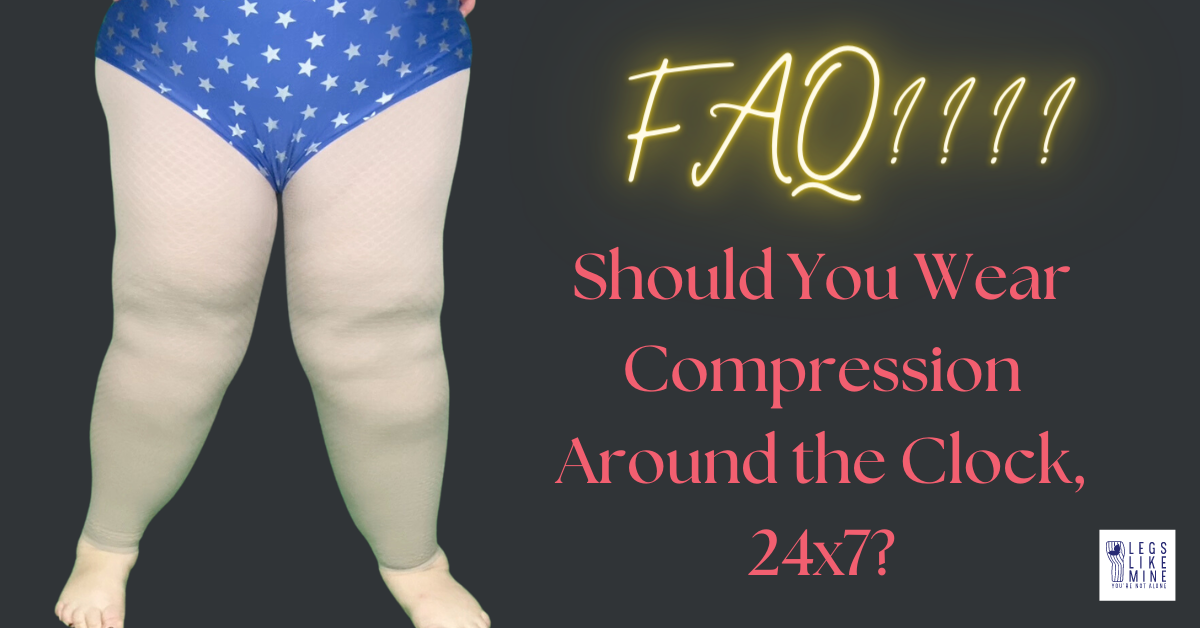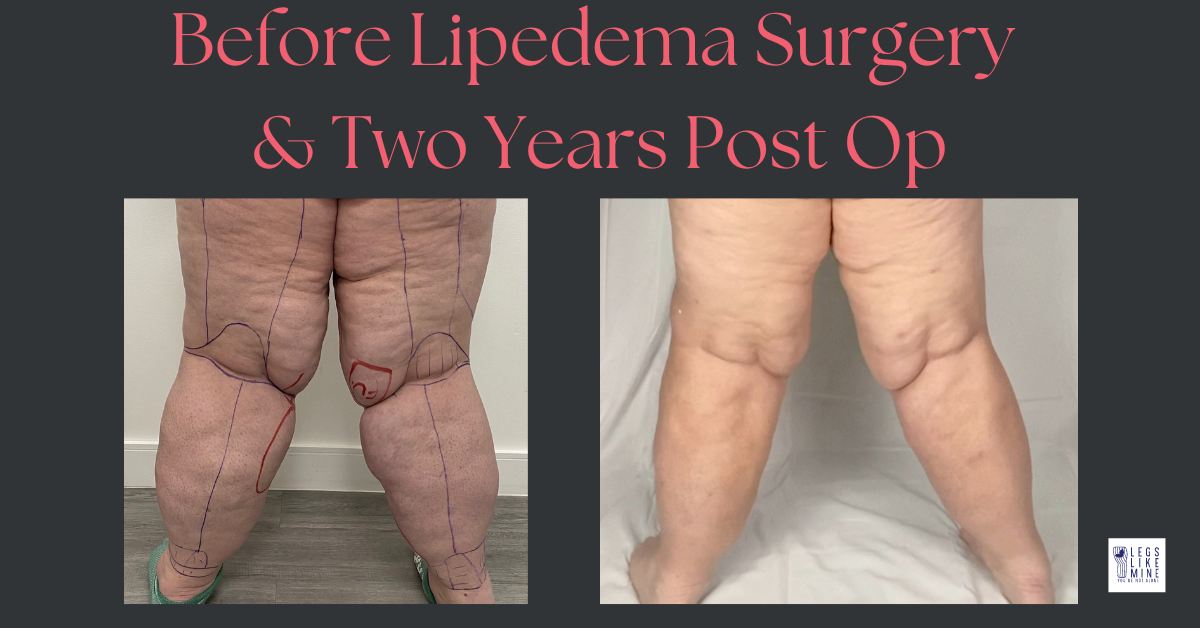Hey there, my dear friends and fellow lipedema warriors! Please share this post far and wide in the community right now.
I hope this finds you all doing as well as possible, given the challenges we face with this condition. Today, I want to address something that has been weighing heavily on my mind lately. I’ve intentionally been open about my journey with lipedema, sharing the ups and downs, the triumphs, and the struggles. And the reason for this is because I want to help just one more woman understand her condition and feel less alone. And if you’ve followed me for very long, you know that one of the most frustrating aspects of this condition is the constant battle with swelling and inflammation. It’s not just a cosmetic issue; it’s a daily reality that can significantly impact our quality of life. Recently, I came across a new ‘international’ organization claiming that there is no edema in lipedema patients. I couldn’t believe my eyes! How could they deny something that we experience and fight on a daily basis? It’s like telling us that the pain and discomfort that changes with swelling, we feel aren’t real.
The Reality of Swelling
My friends, I want to assure you that the swelling and inflammation we experience are very much real. Numerous scientific studies have documented the presence of edema in lipedema patients. It’s not just a figment of our imagination or a result of poor lifestyle choices.The swelling we experience is a direct consequence of the abnormal accumulation of subcutaneous adipose tissue (SAT) that characterizes lipedema. As the disease progresses, this swelling can lead to the development of fibrosis, a hardening of the affected tissues. Trust me, I know how painful and debilitating that can be.

This was a fun day when I swelled up from being in the heat and humidity. I didn’t know I hid lipedema then. That was pretty real.
The Impact on Our Lives
But it’s not just about the physical manifestations of swelling. It’s about the emotional and psychological toll it takes on us. When our bodies swell up, it can be incredibly frustrating and demoralizing. We may feel self-conscious, uncomfortable, and even ashamed, despite having done nothing wrong. The swelling can also limit our mobility and make everyday activities a challenge. Simple tasks like walking or standing for extended periods can become excruciating. And let’s not forget the impact it can have on our social lives and relationships.
The Importance of Acknowledgment
That’s why it’s so important that we acknowledge and address the reality of swelling and inflammation in lipedema patients. Dismissing or denying its existence is not only inaccurate but also harmful. It can lead to a lack of understanding and empathy from healthcare professionals, who may fail to recognize the significant impact swelling has on our daily lives. It can also hinder the development and implementation of effective treatment strategies aimed at managing swelling and inflammation, such as compression therapy, manual lymphatic drainage, and dietary modifications. Furthermore, denying the existence of edema in lipedema patients can perpetuate the stigma and misconceptions surrounding this condition. Many of us have faced dismissal or judgment from healthcare providers and society, with our symptoms being attributed to obesity or poor lifestyle choices. We deserve better than that. I honestly have no idea why someone would want to set our treatment plans backwards by saying bunk and trying to start up an international group based on that. What I do know firsthand is that when I don’t control my swelling, the other symptoms spiral out of control. Swelling is real.
A Call to Action
SPEAK OUT! So, my dear friends, let’s stand together and raise our voices. Let’s educate those around us, including healthcare professionals and organizations, about the reality of swelling and inflammation in lipedema. Let’s advocate for better support, resources, and effective treatment strategies. Remember, we are not alone in this battle. We have each other, and together, we can make a difference. Let’s continue to share our stories, our struggles, and our triumphs, and let’s never allow anyone to diminish or dismiss our experiences. Stay strong, stay resilient, and know that I’m here for you, every step of the way. I urge you to speak out against organizations that do not recognize our full suite of symptoms, and DO NOT join them. All I can say is OH HELL NO!
With love and solidarity,
Susan
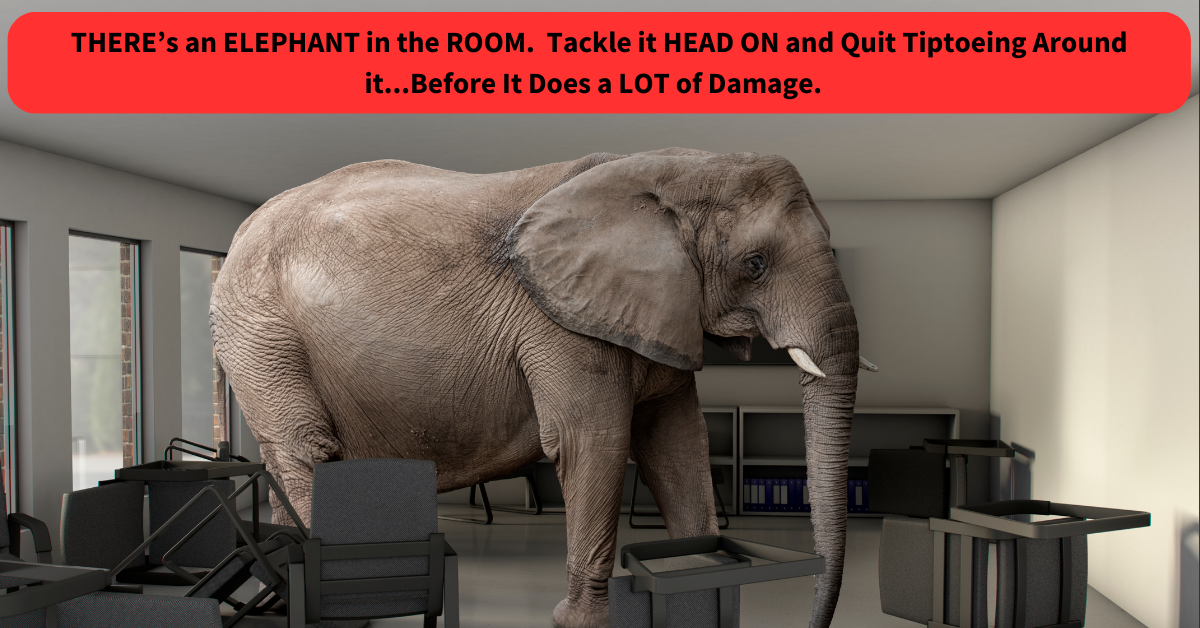
Just a Few Sources of Published Information Connecting Swelling with Lipedema (I’ve got more…SO Many More)
1. [Crescenzi, Rachelle, et al. “Lipedema and Dercum’s Disease: A New Application of Bioimpedance.” Lymphatic Research and Biology 17.6 (2019): 671-679.](https://www.ncbi.nlm.nih.gov/pmc/articles/PMC6920076/)
2. [Herbst, Karen L. “Lipedema: A Relatively Common Disease with Extremely Common Misconceptions.” Plastic and Reconstructive Surgery Global Open 4.9 (2016): e1043.](https://www.ncbi.nlm.nih.gov/pmc/articles/PMC5109687/)
3. [Lipedema Foundation. “Lipedema: The Disease They Call Fat.” Lipedema Foundation, 2021,](https://lipedema.foundation/lipedema-the-disease-they-call-fat/)
4. [Buso, Gianni, et al. “Lipedema: A Call to Action!” Obesity 27.10 (2019): 1567-1576.](https://www.ncbi.nlm.nih.gov/pmc/articles/PMC6778622/)
5. [Warren Peled, Anne, and Evie A. Kappos. “Lipedema: Diagnostic and Management Challenges.” International Journal of Women’s Health 8 (2016): 389-395.](https://www.ncbi.nlm.nih.gov/pmc/articles/PMC4975198/)
6. [Shin, Byung Wook, et al. “Lipedema, a Rare Disease.” Annals of Rehabilitation Medicine 35.6 (2011): 922-927.](https://www.ncbi.nlm.nih.gov/pmc/articles/PMC3309644/)
7. [Child, Amanda H., et al. “Lipedema: An Inherited Condition.” American Journal of Medical Genetics Part A 152A.4 (2010): 970-976.](https://pubmed.ncbi.nlm.nih.gov/20358611/)
8. Földi, Ethel, and Michael Földi. Lipedema. Viavital Verlag, 2006.
9. [Langendoen, Simone I., et al. “Lipedema: From Clinical Presentation to Therapy. A Review of the Literature.” The Journal of Dermatology 46.2 (2019): 131-142.](https://pubmed.ncbi.nlm.nih.gov/30663197/)
10. [Wold, L. E., et al. “Lipedema of the Legs: A Syndrome Characterized by Fat Masses Tender to Palpation, a Tendency to Bruise Easily, and Striking Increase in Intravascular Protein Leakage.” Vascular Medicine 1.2 (1996): 120-127.](https://pubmed.ncbi.nlm.nih.gov/9546956/)
11. [Ashforth, Karen. “Understanding Fibrosis in Lipedema: Inflamed Subcutaneous Adipose Tissue (SAT).” Lymphatic Education & Research Network, 2022,](https://lymphaticnetwork.org/news-events/understanding-fibrosis-in-lipedema-inflamed-subcutaneous-adipose-tissue-sat)
12. [WebMD. “Lipedema: Symptoms, Treatment, Diet, Causes, and More.” WebMD, 2023,](https://www.webmd.com/women/lipedema-symptoms-treatment-causes)
13. [Toronto Physiotherapy. “Patient Guide to Self-Diagnosing Lipedema and Lipo-Lymphedema.” Toronto Physiotherapy,](https://torontophysiotherapy.ca/patient-guide-to-self-diagnosing-lipedema-and-lipo-lymphedema/)
14. [Smith, Jacqueline. “Food, Inflammation and Swelling in My Lipoedema.” PhysioPod UK, 2021,](https://www.physiopod.co.uk/food-inflammation-swelling-in-lipoedema-by-jacqueline-smith.shtml)
15. [Shweiki, Eman, and Huichen Tseng. “Lipedema.” StatPearls, 2023,](https://www.ncbi.nlm.nih.gov/books/NBK573066/)
